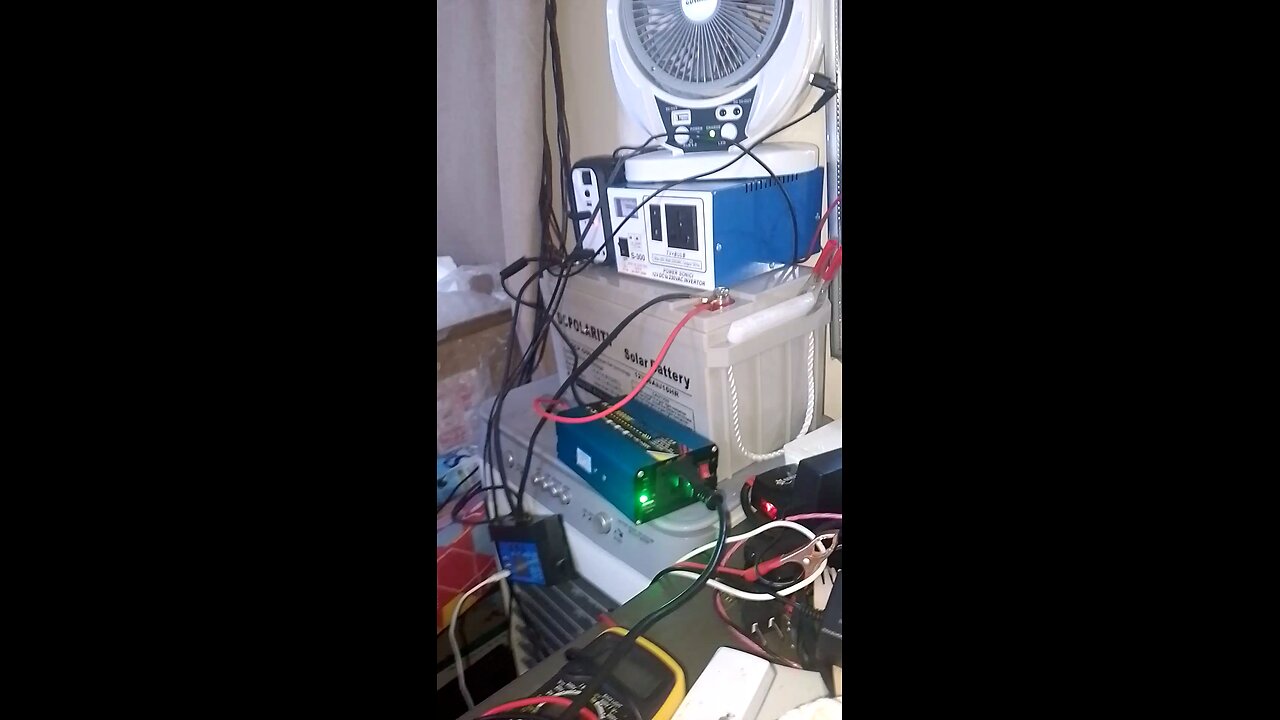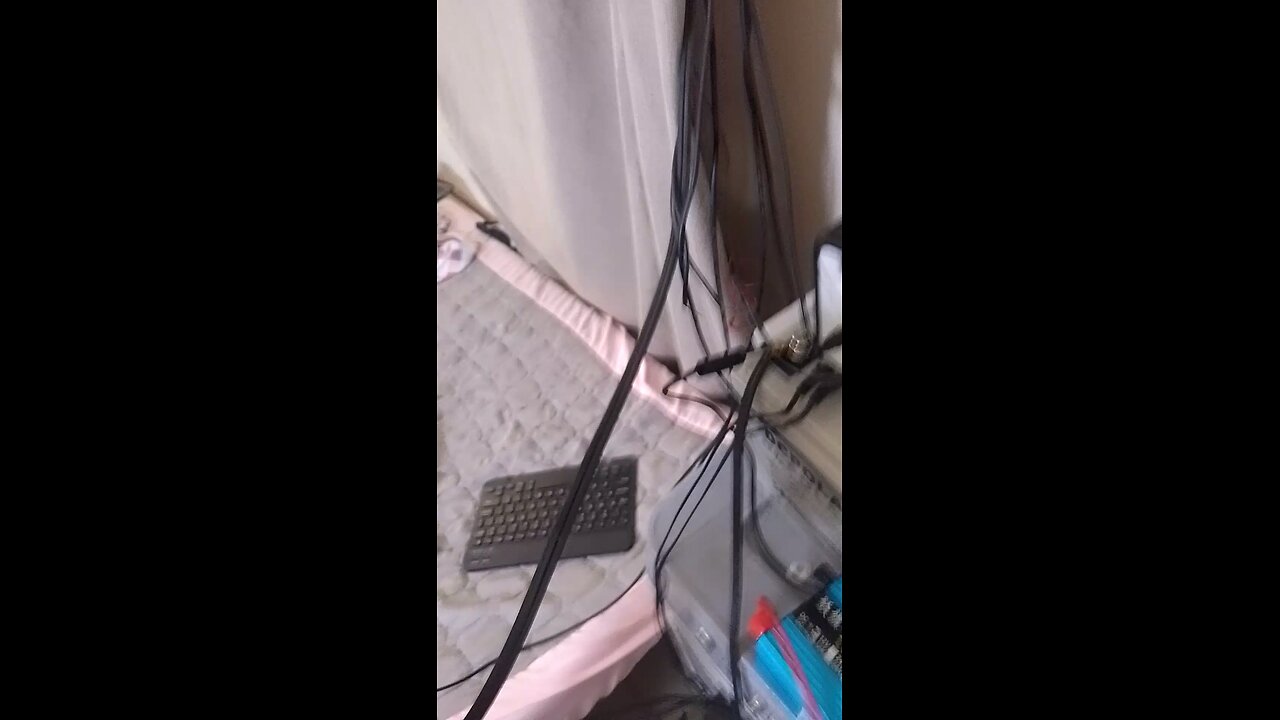corporal_Canada
New Member
sorry.. what battery should be B02 ? because the 12v50ah battery does not have that written anywhere... and the battery in the back of both multimeters is a simple rectangular 9v...tried another multimeter. same result
sorry.. what battery should be B02 ? because the 12v50ah battery does not have that written anywhere... and the battery in the back of both multimeters is a simple rectangular 9v...tried another multimeter. same result

Unplugged the ups from the inverter and within 1 hour the battery has climbed to 14.4volts...i hope that is a good thing
i have not added any other solar panels, i am however tempted to... i looked into the umm "menu" of the charge controller and i have not seen agm or b02 anywhere.... and you assume i can navigate the menu... lets assume that at least 1 solar panel produces 100 watts MINIMUM... i need all; 3 to pump 100 watts and balance out how much i am pulling out.. .. which is exactly 300Ok, I watched your video.
Wiring the 400w panel to the pwm then to the new battery is ok. The PWM you have is good for 20amps. The 400w panel has 22amps available. So that is good.
DO NOT CONNECT ANY MORE PANELS.
You need to go into the menu of the PWM And set the battery type to AGM or B02. This will use the proper charge and float voltages.
Once that is done disconnect all loads and let the battery charge from the sun for a day to get it fully charged.
After a day plug just the laptop and monitor into your inverter. The rest of the things you have plugged in draw to much current from the battery. The fridge especially.
You may have already done it, but please post still pictures of the inverterer. Looking to see if the rated watts is listed and seems reasonable. Make sure they are in focus. And the link where you got it. And with just the computer and monitor connected see if the inverter is hot to touch.
Only plug the UPS into the wall at this point, not the inverter.
Also, take a picture of your connections to the new battery. In focus and post.
Your PWM has a max current of 20amps, your single 400watt panel provides that. To use more you need another PWM or MPPT. But your battery can only charge at around that.i have not added any other solar panels, i am however tempted to... i looked into the umm "menu" of the charge controller and i have not seen agm or b02 anywhere.... and you assume i can navigate the menu... lets assume that at least 1 solar panel produces 100 watts MINIMUM... i need all; 3 to pump 100 watts and balance out how much i am pulling out.. .. which is exactly 300as for the fridge... i tested it and the wattmeter indicated 65 watts.. not surge nothing like that...just 65 watts...
and yes the inverter was hot to touch....
will take photos once my coffee kicks in...
oh okay so you do not believe the full power of 3 solar panel can go to the 50ah battery even if i order 2 separate charge controllers ? (for the remaining 2 solar panels that remain unconnected...Your PWM has a max current of 20amps, your single 400watt panel provides that. To use more you need another PWM or MPPT. But your battery can only charge at around that.
If you try adding more panels it won't be useful because the PWM can't pass it.
If you can't find settings in the PWM to stop charging the battery when full you will kaput it.
yup. confirmed.. currently it is pulling 282 wattsThe sticker on your fridge says 300watts
i can only figure out how to link 2 solar panels by series, couldnt begin to understand how by parallel....I expect a good wind to send all of them flying.
Based on the photo, the whole batch of them may not even total 300W. You can measure actual output current of each through PWM SCC, then decide how many it can handle in parallel.
i can only figure out how to link 2 solar panels by series, couldnt begin to understand how by parallel....
and im not too embarrased to admit that i dont know what SCC means either



